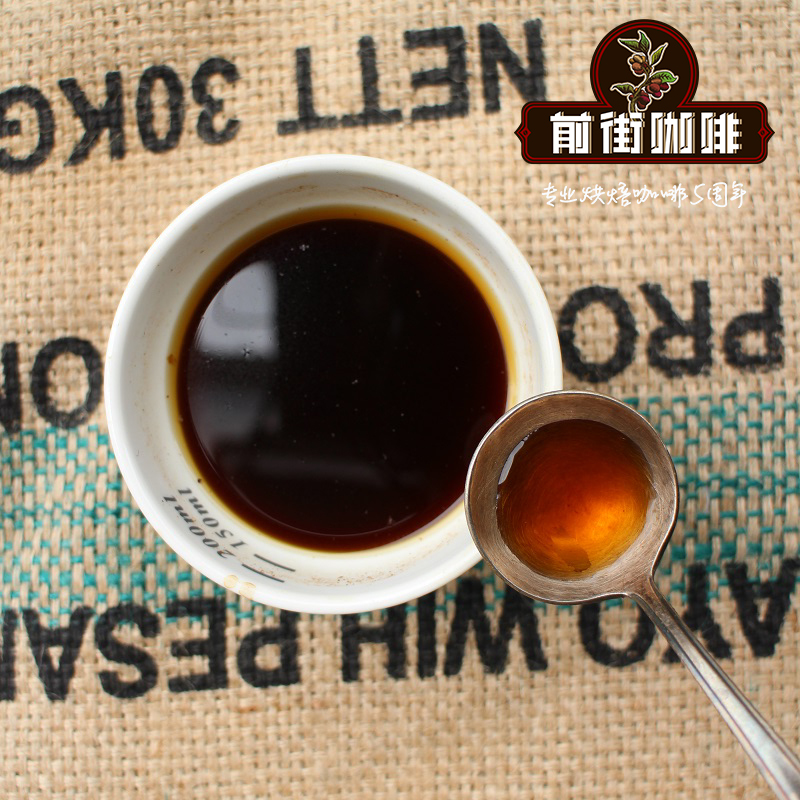Do you know what espresso is? what coffee beans should be chosen for espresso?

Professional coffee knowledge exchange more coffee bean information please follow the coffee workshop (Wechat official account cafe_style)
Espresso, which originated in Italy, is regarded as Italy's national treasure with fashion and food. At first, espresso tasted bitter and scorched, but it was not until the 1940s that it completely changed and improved the taste and quality of espresso.
Elements of making a cup of espresso: water temperature 93-94 ℃, pressure 9ba, fresh freshly ground coffee powder 20g (using electronic scale), coffee total weight 40g (using electronic scale), brewing time 25-28 seconds (using timer, current electronic scale has timing function).
The question is, why is Italian coffee so bitter and astringent? As a novice, will you consult your seniors, or do you experiment there alone? Next, let's see if the point you found is the same as what the editor said.
First of all, we need to know that the beans used in espresso should not be too fresh, otherwise the exhaust is exuberant and easy to produce channel effect, so it is not easy to extract a cup of stable concentration. Italian coffee beans can be used for about ten days of coffee beans, this is the first point you need to pay attention to, the problem of coffee beans.
Second, the extraction of espresso determines the overall taste of the coffee, and if the espresso you drink is scorched and bitter, it is probably caused by over-extraction. The most important feature of espresso extraction is to extract a full-bodied cup of coffee in a short time under high pressure.
Many old Italian stores add a certain proportion of robusta to their espresso beans, and some add a small amount of sugar or a few drops of special cream before serving the Espresso to guests. The coffee habit of the old Italian neighbors in many cafes is to go into the shop and stand in front of the bar and order a 2-euro Espresso, then chat with the barista or other guests standing next to them while waiting for coffee. Wait for the coffee to arrive, smell it, or add some sugar, then turn around and start the day's work. It is said that many Italians have several cups of Espresso a day for decades.
The widespread use of Robusta beans in espresso is often criticized. But let's not forget that this "Arabica + Robusta" blending method existed long before the advent of espresso technology and the exclusive boutique coffee movement in Arabica. Judging from the low proportion of the usage of many famous old stores and multinational brands, it is obvious that it is not to cut corners, or just to increase the seasoning of crema. Many high-quality robusta beans are also used appropriately and exquisitely in Italian coffee beans to increase the diversity of taste and flavor, as well as to reduce the proportion of acidity.
Similarly, from a positive point of view, in the context of less particular attention to the flower and fruit flavor of coffee. Italian espresso tends to be deep-baked in order to reduce acidity, the pursuit of more complete, caramelized later rich aroma. The reason for reducing acidity is not necessarily that they do not understand the contribution of acidity in coffee, but because their main product with high cup yield is Espresso. On the other hand, the low acidity ensures that the other flavors in the coffee are concentrated and strengthened, and the acidity is not easy to become too prominent and irritating, disrupting the balance.
END
Important Notice :
前街咖啡 FrontStreet Coffee has moved to new addredd:
FrontStreet Coffee Address: 315,Donghua East Road,GuangZhou
Tel:020 38364473
- Prev

Which is better to drink coffee for the first time | know what coffee is recommended for the first time.
Professional coffee knowledge exchange more information about coffee beans Please follow the coffee workshop (Wechat official account cafe_style). Like most people who are new to coffee, it starts with instant coffee. In my time, at the end of every semester, I relied on instant coffee all the way down, refreshing and fragrant. I even knew what books I read in the handsome pot on the other side. Mention
- Next

Know how to drink espresso | how to drink ice water for espresso
Professional coffee knowledge exchange more coffee bean information please follow the coffee workshop (Wechat official account cafe_style) Espresso, which is probably the most misunderstood and unpopular coffee brewing method in coffee shops. Most people probably think that only severe coffee addicts who pursue excitement or professional coffee tasting masters will choose to drink Espresso. But in 1901, Luigi
Related
- Beginners will see the "Coffee pull flower" guide!
- What is the difference between ice blog purified milk and ordinary milk coffee?
- Why is the Philippines the largest producer of crops in Liberia?
- For coffee extraction, should the fine powder be retained?
- How does extracted espresso fill pressed powder? How much strength does it take to press the powder?
- How to make jasmine cold extract coffee? Is the jasmine + latte good?
- Will this little toy really make the coffee taste better? How does Lily Drip affect coffee extraction?
- Will the action of slapping the filter cup also affect coffee extraction?
- What's the difference between powder-to-water ratio and powder-to-liquid ratio?
- What is the Ethiopian local species? What does it have to do with Heirloom native species?

